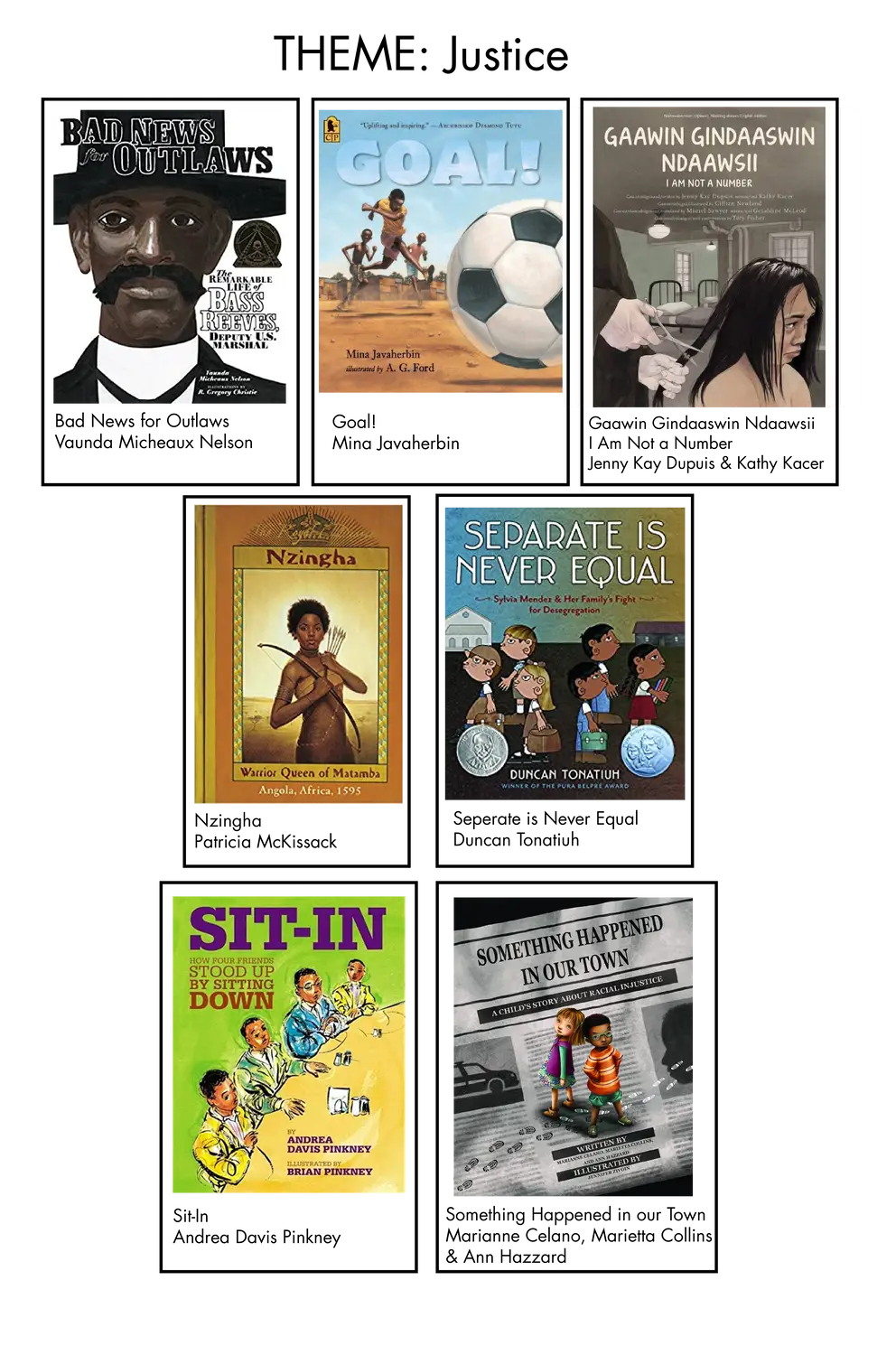Books are a sacred thing to many people. Even for those who would say, “I’m not a reader”, the school librarian side of me would say that there is probably at least one book from childhood that remains in everyone’s memory. Our first impressions of picture books as children impact us; they tell us something about ourselves and the world around us.
When I was young, books told me I was darling, kind, and capable of just about anything. I felt known, connected and seen because when I looked at these books, I saw myself. I saw a white girl.
But not long into my career as a librarian in a school with a predominantly brown and Black student and family population, I began to wonder what my students saw in these “beloved” books of mine. They certainly did not see themselves the way I did in the characters. And I wondered, if they do not see themselves in the books that surround them, are these books as valuable to them as they were to me? While it is possible for someone to connect with characters that are not an exact reflection of their identity, my wondering remains pertinent.
In my growing awareness, I was determined to cultivate a collection that reflected my students and their cultures, and their rich, resilient history. Over the last several years, my journey has been composed of listening, questioning, being humbled, and learning so much. Like most of us, there is still much more for me to learn about equity and social justice. Something valuable I have learned is to first listen, observe and then ask myself, “What is the next most attainable step?”
I believe that it is important for each of us to use our own position to do what we can. In my position as the school librarian, one thing I personally can do is diversify the books the students in our school have the opportunity to interact with.
I started with book lists from sites like embracerace.org , weneeddiversebooks.org, and @hereweeread. The site Teaching Tolerance has Social Justice Standards that include broad themes like Identity, Diversity, Justice, and Action. I try to keep these themes in mind as a guide when evaluating potential purchases or current collection status. Below is a list of books we have in our school library and some that are on my wish list. I have labeled them with the standards mentioned above.
This, of course, is just a place to start. There is more to come in my journey and more toward allyship than just changing out your books. But if you’re like me, I think you’ll find a whole new world open up for you in diverse books and you may even see the light in your students’ eyes that reminds you of your own favorite childhood books.


*I didn’t include books under the Diversity standard because it depends on the make-up of your school population. What cultures or people groups are not represented? (Asian, Native American, Jewish, Muslim, African-American, Latino, etc.). Those are the books you must add for diversity.
*The Action Standard can be modeled in the books about Justice, but this standard focuses on students and educators actually doing something themselves.
Share with
Related Resources